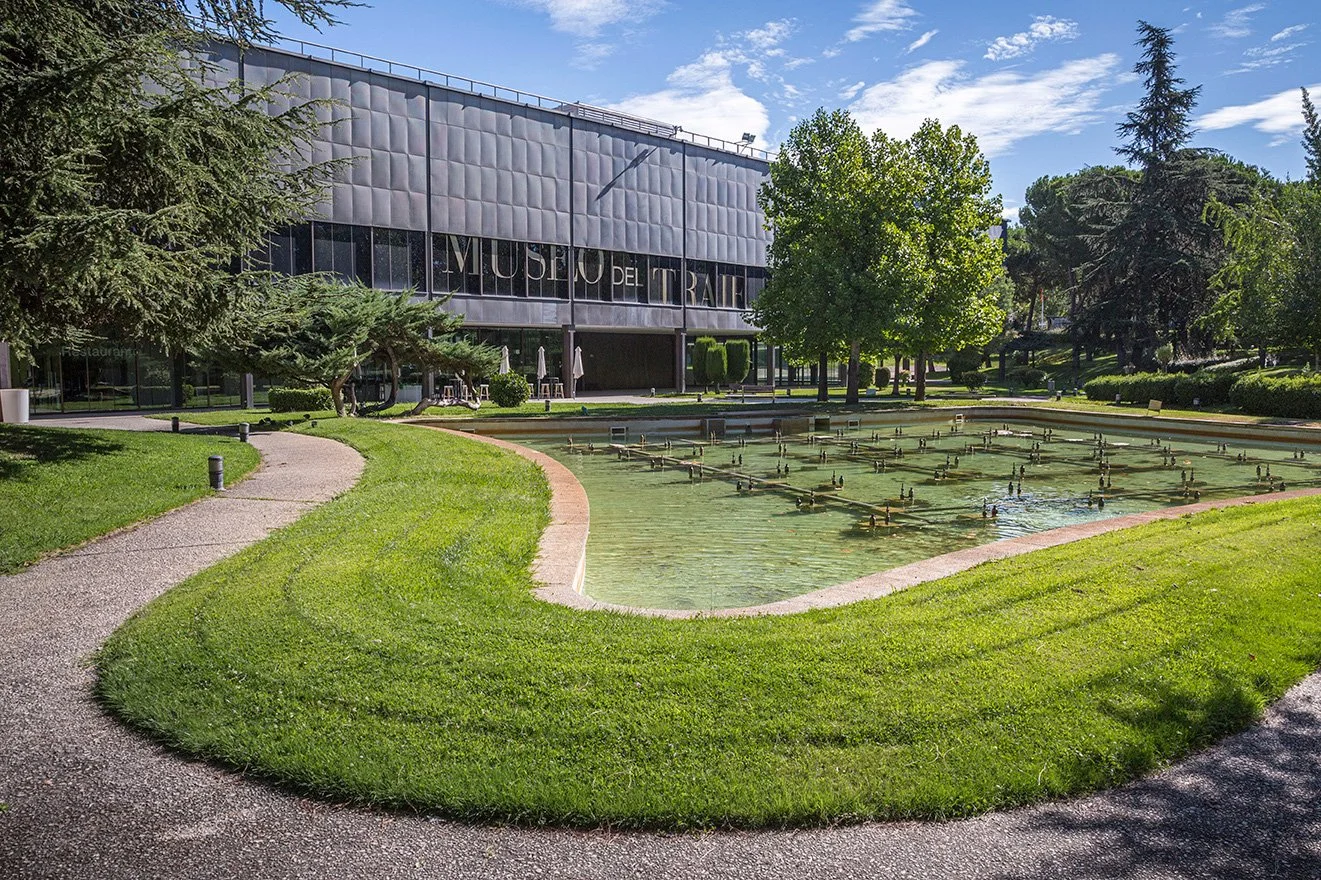The Manila shawl: oriental origin but gypsy soul
We tell you about their history and discover where you can meet two magnificent specimens in Madrid.
Detail of the Chinese shawl, last third of the 19th century. Costume Museum, Madrid (MT092934)
Today we are going to discover one of our favorite places in Madrid. Why do we like it so much? Because it goes unnoticed by the radars of the best plans in Madrid despite being a real flat. It is the Costume MuseumA space whose atmosphere transports and is very enjoyable because, in its modesty, keeps treasures of incalculable value, as are the manila shawls that are part of its permanent exhibition.
The Costume Museum houses more than 1,000 relics of the fashion industry.
Let's start with a brief introduction to this fundamental piece on a flamenco tablao. flamenco tablao. In its origins, the Manila shawl was nothing more than a square silk canvas decorated in bright colors with flowers, birds or fantasies topped by bangs on its edges. Its name comes from the Philippine capital, where they made their first stop on their long journey from China to Spain, passing through Mexico. And although the tradition of Chinese silk embroidery is almost as old as silk itself, all the shawls that have reached our days were produced from the early nineteenth century. Finally, the use of shawls in China did not last, however, they were maintained with great success as a product for export, especially from the eighteenth century. And it will be between the late nineteenth and early twentieth century when in Spain, and more specifically in Seville, will be concentrated the national production of shawls, which are still produced by hand today.
In the Museo del Traje you can see two magnificent examples of Manila shawls: The so-called Fraga wedding dress from 1900. Fraga's wedding dress of 1900 y a sample from 1870. Two jewels of incalculable delicacy and elegance that you will find in the room of traditional clothing.
Fraga Bridal Costume Chinese Manila Shawl, ca. 1900
(MT-016838)
Chinese shawl, last third of the 19th century. Museo del Traje, Madrid
(MT092934)
As one of the most famous Spanish novelists, Benito Pérez Galdós, said in his work Fortunata y Jacinta , referring to the Manila shawl: "Wrapping oneself in it is like dressing oneself in a painting. Modern industry will not invent anything to equal the naive poetry of the shawl".
And, to top it all off, this museum is located in the vicinity of the Parque del Oesteanother of the most charming places in the capital, with its large green areas, the Ramón Ortiz Rose Gardenwhich houses 600 different varieties of modern rosebushes and the Temple of Debodwhere we assure you an unforgettable sunset with the Royal Palace as the protagonist .
Parque del Oeste, Madrid





